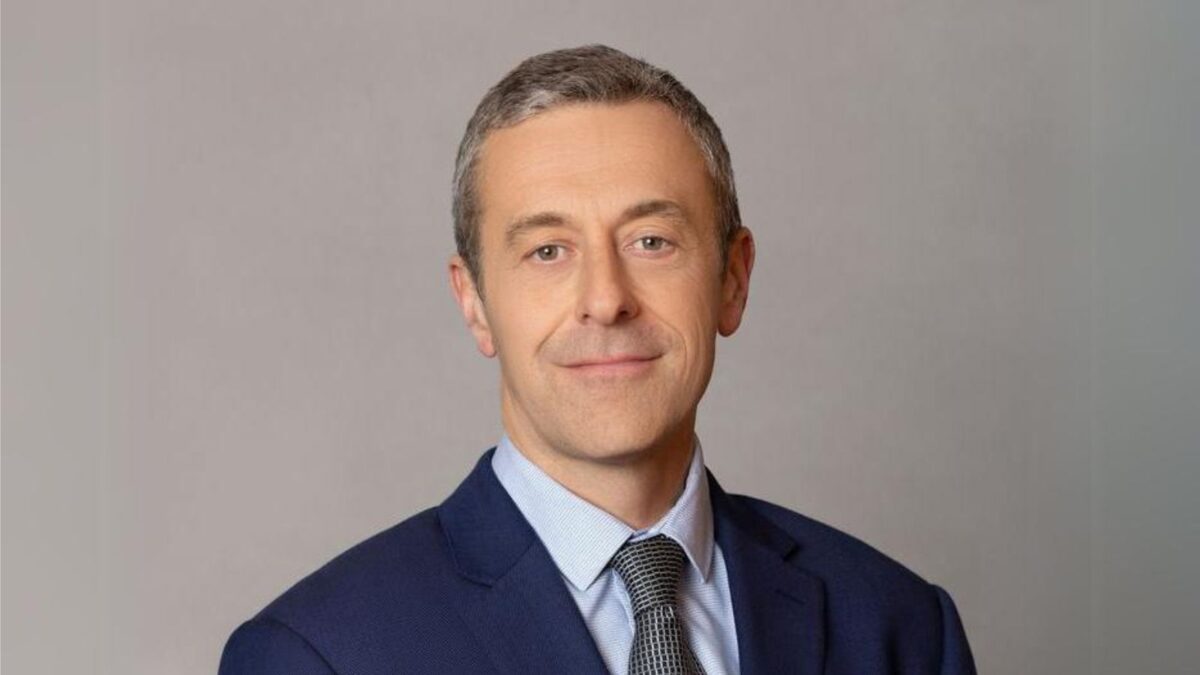How the Future Fund (and others) think about the total portfolio approach
The total portfolio approach (TPA) – which emerged in the mid-2000s as a variation on the endowment model of asset class bucketing and use of alternatives to diversify a traditional 60/40 portfolio – focuses on factors and exposures that are most important for a fund’s risk/return profile; each investment is assigned an exposure to those factors, allowing a clearer mapping of them to a risk budget or reference portfolio.
But implementing it requires a “healthy partnership with, and structure amongst the board”, Future Fund CIO Ben Samild argues in a new CAIA paper – and investors who use it need to question their assumptions about the investment environment “daily”.
“Any opportunity – regardless of size, asset class, structure, or location – must stack up against the whole of portfolio structure relative to other opportunities and existing exposures,” Samild writes. “For example, a large investment in direct infrastructure may be seen as a fine standalone opportunity and a good way to manage for rising inflation and higher interest rates.
“But the opportunity will compete with a macro hedge fund strategy; inflation derivative contracts; commodity indices and equity baskets; as well as foreign exchange baskets and floating rate debt. This comparative analysis is difficult, but forces investors to think globally, learn from each other, and develop a sense of curiosity and excellence.
“This is deceptively simple to say but devilishly difficult to pull off – to the point that asset owners participating in the study acknowledged that starting from a ‘blank slate’ was a core competitive advantage in adopting TPA as seen in examples such as Future Fund and CPP Investments.”
WTW’s Jayne Bok
While investment teams might have “relative freedom” to pursue opportunities, they need to do so with an understanding of the context of the whole portfolio and be prepared to size an investment at a scale “that would be uncomfortable in sub-portfolio optimisation”. And because the investment objective isn’t divided into several smaller sector portfolios, the board will be more involved in investment decision-making than they would where a strategic asset allocation approach is taken.
“At Future Fund, (TPA) guides the organisation away from geographic spread such as overseas offices because of the difficulty in maintaining constant interaction across time zones,” Samild writes. “It also favours outsourced investment management to keep team numbers of a size that allows frequent interaction with other teams and a sense of connectedness to the whole portfolio.”
The banality of benchmarks
Meanwhile, Derek Walker and Geoffrey Rubin – respectively, head of portfolio design and One Fund strategist for Canada Pension Plan (CPP) – took aim at some of the challenges of TPA, including the difficulty of modelling the lagged and smoothed nature of private asset returns, the necessary “simplifications of reality” that lead to model error, and the “banality of benchmarks”.
“A factor investor may determine that there are multiple equally valid ways of delivering a portfolio (e.g., varying security weights or geographic footprint). The imposition of a benchmark reduces these degrees of freedom by penalising deviations from the benchmark and encourages “benchmark hugging”.
The TPA approach will also need to keep evolving in the face of new risks, including inflation (the decades-long low inflation environment has underpinned assumptions about returns and the behaviour of certain asset classes) climate change, and geopolitical risk.
“Geopolitical risk is an increasingly important factor for global investors to consider. Unfortunately, it is one of the hardest risks to quantify. Investors can correctly assess the geopolitical risk but be wrong about the resulting impact on markets, or vice versa.
“Our approach to managing this risk seeks to systematically adjust the geographic footprint of our portfolio where we anticipate a high degree of geopolitical risk.
WTW, a pioneer of TPA, says that adopting the approach is “not for the faint hearted” and constitutes a full-on transformation exercise that “should not be embarked upon lightly” owing to the need for increased delegation to the investment team and prioritization of total fund goals over relative value benchmarks.
“For TPA adopters the mantra that “the board owns the SAA” no longer applied,” Jayne Bok, WTW head of investments for Asia, writes in the report. “Rather, the board managed overall investment risk, often via a reference portfolio or policy portfolio.
“This is deceptively simple to say but devilishly difficult to pull off – to the point that asset owners participating in the study acknowledged that starting from a ‘blank slate’ was a core competitive advantage in adopting TPA as seen in examples such as Future Fund and CPP Investments.”











